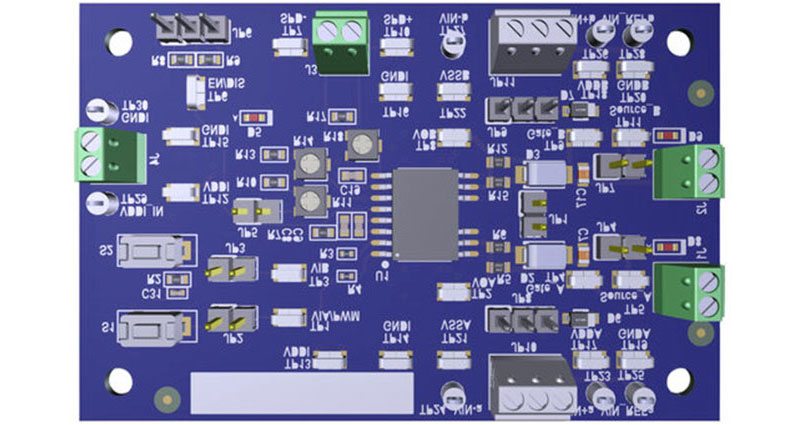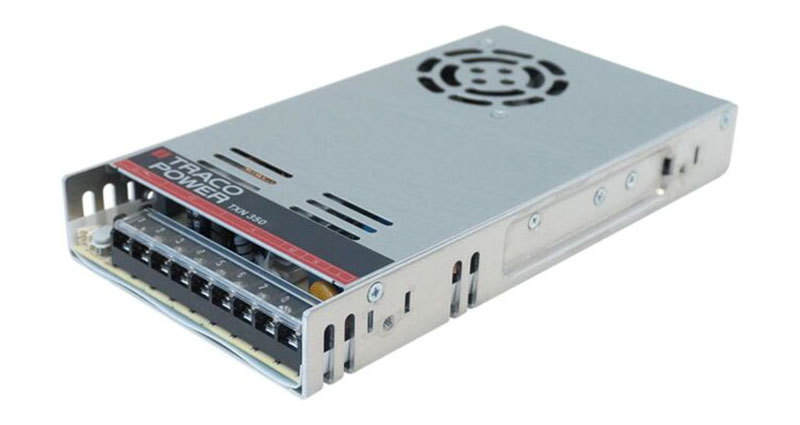Quickly Add Machine Vision to Your Next Application with Easy-to-Use Camera Modules
Sight is by far the most important sense. Of all the information we use to go about our daily business, around 80% comes from our eyes. Our visual input is processed incredibly quickly; back in 2014, neuroscientists from the Massachusetts Institute of Technology (MIT) found that the brain can form an entire image from something the eye saw for just 13 milliseconds (ms).
Given the importance of vision, it’s no surprise that many of us want to add visual sensors to our machines. Adding machine vision to a product opens up a flood of capabilities that would be difficult or impossible to implement otherwise. Examples include inspection machines on assembly lines that can identify defects early in a manufacturing process or warehouse robots that can check product expiration dates.
What’s challenging is mimicking the human eye's stereoscopic, high-definition color vision. Fortunately, such high performance is not necessary for most industrial applications. For example, suppose you want a machine to check a barcode. In that case, your sensor doesn’t need a high pixel count or to see colors, the lens can be simple with no need for a wide or deep field of vision, and the system doesn’t have to process the information particularly fast. This gives you scope to select from a wide range of inexpensive, reliable commercial vision systems well-suited to the task.
You can complement the human eye by choosing a sensor sensitive to electromagnetic wavelengths above and below the visual spectrum. For example, adding infrared (IR) capability is relatively simple and allows a machine to see what the human eye cannot.
Selecting an active sensor is one thing, but your vision system will need more, including a lens and holder, an electrical connection from the sensor to the application processor, and the supporting electronics and software to make it all work. As a result, it can be time-consuming and expensive to match and test various sensor and lens alternatives, such as an ultra-wide-angle lens for wide scene capture or a general-purpose lens for more traditional setups.
Compact and perfectly formed
STMicroelectronics has made the development process easier with its CAM-55G0/CAM-56G3/CAM-66GY Camera Promodules. The promodules, designed solely for development purposes, comprise the required image sensor, lens holder, lens, and plug-and-play flat flexible cable (FFC) connection (Figure 1). Once you complete the development process, STMicroelectronics advises you to work with them for a commercial solution.
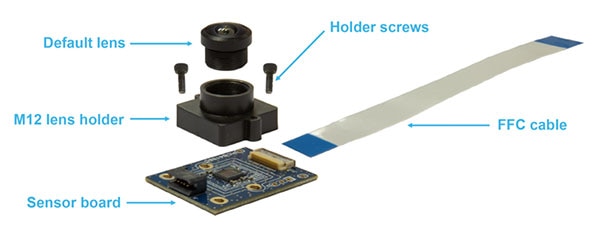 Figure 1: The CAM-55G0/CAM-56G3/CAM-66GY promodules comprise a lens, lens holder, sensor board, and FFC cable. (Image source: STMicroelectronics)
Figure 1: The CAM-55G0/CAM-56G3/CAM-66GY promodules comprise a lens, lens holder, sensor board, and FFC cable. (Image source: STMicroelectronics)
The promodules are small, with a footprint of 5 or 6.5 square millimeters (mm2). They’re based on a compact, low-power image sensor measuring 2.73 by 2.16 millimeters (mm) (Figure 2). The sensor footprint suits size-constrained devices like augmented reality/virtual reality (AR/VR) glasses or personal electronics and operates in the visible and near-IR spectrum, offering a resolution of 644 by 604 pixels (0.38 megapixels (MP)).
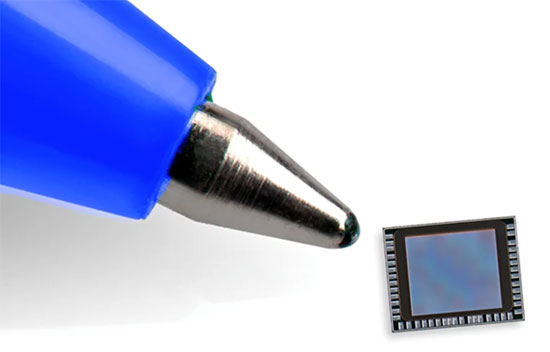 Figure 2: The optical sensor at the heart of the promodules measures just 2.73 by 2.16 mm. (Image source: STMicroelectronics)
Figure 2: The optical sensor at the heart of the promodules measures just 2.73 by 2.16 mm. (Image source: STMicroelectronics)
The promodules use MIPI Camera Serial Interface 2 (CSI-2), a widely adopted, high-speed protocol for transmitting still and video images from sensors to application processors. The sensors also feature automatic dark calibration, defective pixel correction, and analog and digital gains.
Machine vision through a different lens
STMicroelectronics has made it easy for you to try different machine vision options. Several promodule reference designs are available, featuring various lenses and optical setups. They come with a focused lens, glued and tested in a cleanroom environment, and are equipped with the same flexible printed circuit (FPC)-to-board connector and pinout. This enables a quick plug-and-play configuration of a promodule with a different lens using the same development tools and optical parameters.
There are two options for development work. You can either use the STEVAL-EVK-U0I1 USB kit (Figure 3) and connect an STEVAL-55G1MBI1 S-Board, which holds the mounted camera assembly (Figure 4), or you can use the STEVAL-CAM-M0I1 P-Board and connect it to your favorite embedded processing platform. The P-Board does require you to buy the promodule separately. The EVK with the S-Board can be connected to a PC via a USB connection, while development with the P-Board is completed from the embedded processing platform.
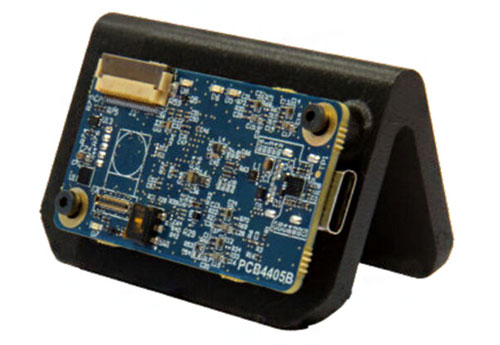 Figure 3: The STEVAL-55G1MBI1 S-Board plugs into the STEVAL-EVK-U0I1 USB kit, which is connected to a PC via a USB connector. (Image source: STMicroelectronics)
Figure 3: The STEVAL-55G1MBI1 S-Board plugs into the STEVAL-EVK-U0I1 USB kit, which is connected to a PC via a USB connector. (Image source: STMicroelectronics)
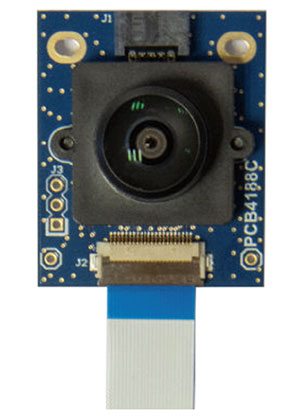 Figure 4: The STEVAL-55G1MBI1 S-Board includes the mounted camera assembly. (Image source: STMicroelectronics)
Figure 4: The STEVAL-55G1MBI1 S-Board includes the mounted camera assembly. (Image source: STMicroelectronics)
Evaluation graphical user interface (GUI) software and Linux drivers are available for download from STMicroelectronics.
Conclusion
Adding machine vision brings compelling new capabilities to an application. Still, selecting the optimum system from the wide range of commercial solutions on the market can be time-consuming and challenging. STMicroelectronics’ promodules and associated software simplify the design and development process. They allow you to try several lens and optical configurations by plugging a different promodule into the EVK or embedded processing platform.

Have questions or comments? Continue the conversation on TechForum, DigiKey's online community and technical resource.
Visit TechForum






